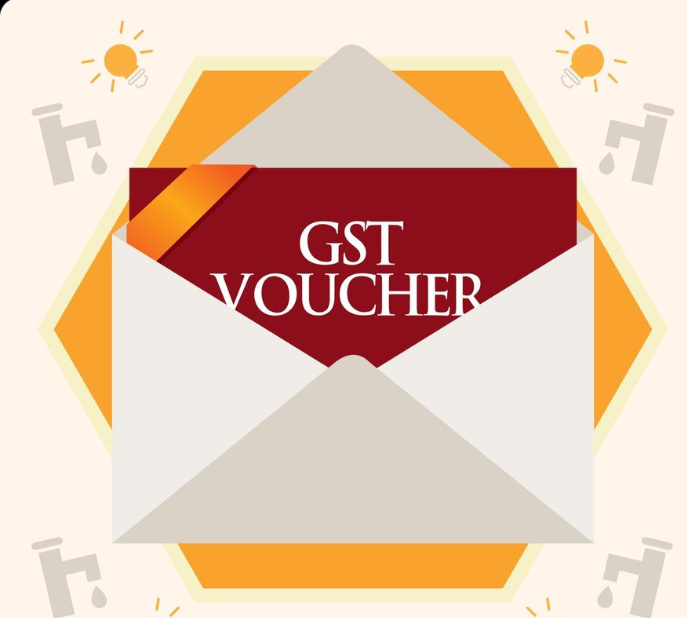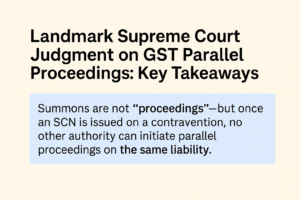
Introduction
The Central Board of Indirect Taxes and Customs (CBIC) recently issued a detailed clarification via Circular No. 243/37/2024-GST, dated 31st December 2024, addressing the complex and evolving treatment of vouchers under the Goods and Services Tax (GST) regime. This guidance aims to resolve ambiguities and promote uniform compliance across businesses involved in voucher transactions.
Key Aspects of Voucher Treatment under GST
Nature of Vouchers
Vouchers are instruments obliging suppliers to accept them as consideration for goods or services. They are akin to prepaid instruments (PPIs) or debt instruments.
Distinction Based on RBI Guidelines
Vouchers are classified based on their recognition as PPIs under Reserve Bank of India (RBI) guidelines:
-
- PPIs: Considered as “money” and not subject to GST during issuance. For example, purchasing a ₹11,000 gift card is not a supply of goods or services, but redeeming it for goods or services attracts GST.
-
- Non-PPIs: Subject to different GST implications depending on the transaction type.
Models of Voucher Distribution
The circular identifies two primary distribution models with distinct GST implications:
-
- Principal-to-Principal (P2P) Model:
-
- Example: A distributor buys vouchers worth ₹20,000 at ₹18,500 and sells them for ₹19,250.
-
- GST is not applicable on the margin (₹750) as the voucher transaction is not considered a supply of goods or services.
-
- Principal-to-Principal (P2P) Model:
-
- Commission-Based Model:
-
- GST is applicable on the commission income, as it represents a service provided.
-
- Commission-Based Model:
Treatment of Additional Services
Certain services related to vouchers attract GST:
-
- Marketing and Co-Branding Services: GST applies to fees charged for these services.
-
- Technology Support Services: Providers of customer support for voucher redemption must also charge GST on their fees.
Handling Unredeemed Vouchers (Breakage)
Unredeemed vouchers, often referred to as “breakage,” do not attract GST. For instance, if vouchers worth ₹110,000 are issued but ₹1,000 remain unredeemed, the latter amount is exempt from GST since there is no underlying supply of goods or services.
Implementation and Compliance
To align with the new clarifications, businesses should:
-
- Evaluate Voucher Types: Determine if vouchers qualify as PPIs under RBI guidelines.
-
- Review Agreements: Ensure contracts with distributors and agents clearly specify the nature of operations (P2P or commission-based).
-
- Upgrade Systems: Implement robust systems to track voucher transactions, distinguish between voucher sales and underlying transactions, and monitor voucher expiry.
-
- Maintain Documentation: Proper documentation is essential to demonstrate compliance, especially for unredeemed vouchers and additional services.
Business Implications
The clarified GST treatment fosters a predictable tax environment, enabling businesses to:
-
- Design voucher programs confidently.
-
- Reduce litigation and compliance costs.
-
- Innovate voucher-related offerings while ensuring tax compliance.
Conclusion
The CBIC’s clarification on voucher treatment under GST addresses long-standing ambiguities, providing businesses with the clarity needed to operate efficiently and innovate in their offerings. This step significantly contributes to simplifying compliance processes and ensuring consistent implementation across jurisdictions.



Add comment